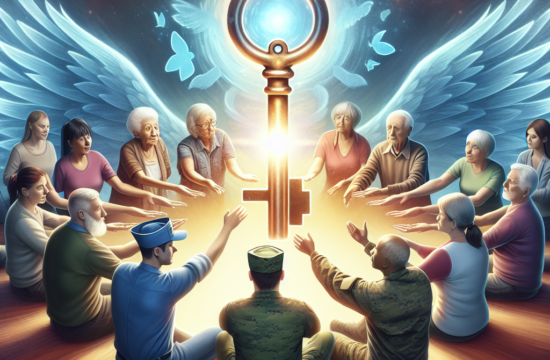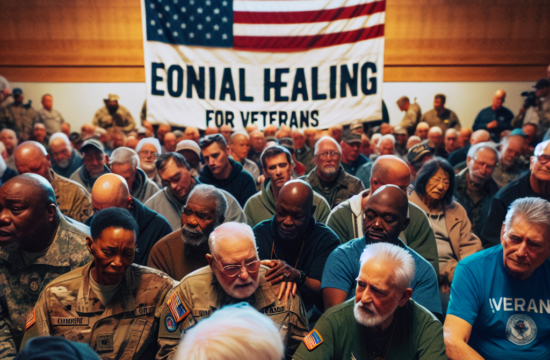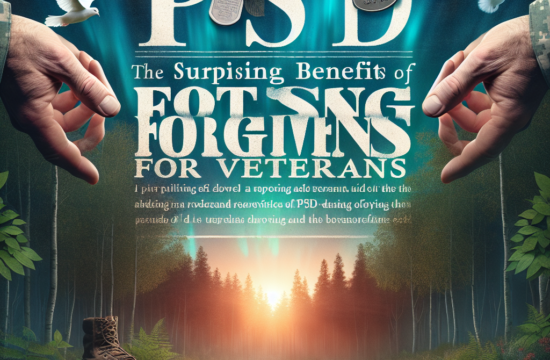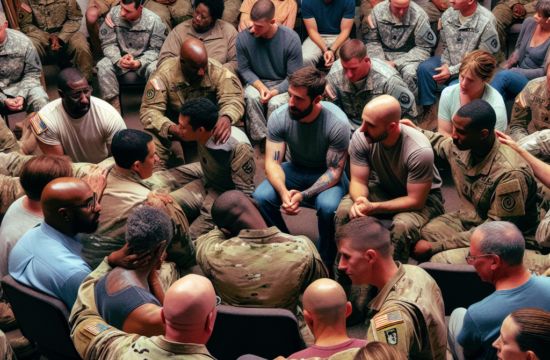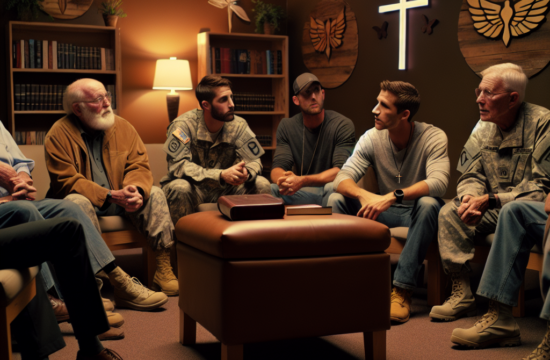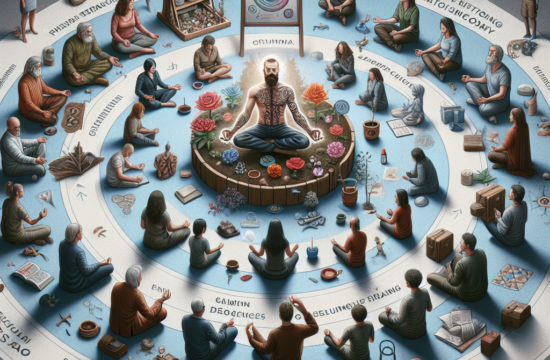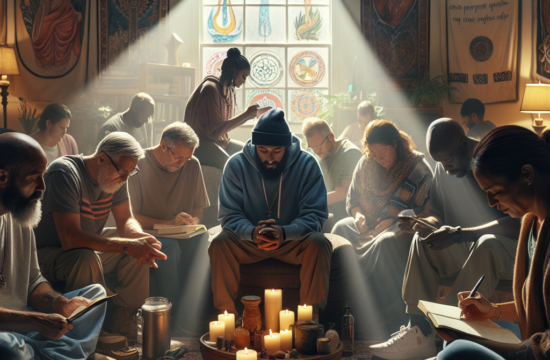==> Thank you for reading this post! Click Here If you are looking for support and Victory over PTSD.
Lean on Faith and Prayer
Understanding the Power of Prayer
Let me tell you, prayer isn’t just a ritual; it’s like chatting with my best friend, God. It’s this open line of communication where I can pour out my fears and anxieties without any filters. When I started treating prayer this way, I noticed a significant change in how I managed my PTSD symptoms. It’s like lifting a weight off my chest and letting the worries drift away.
Personally, I’ve seen how praying not only calms me but also instills hope. There’s this scripture that resonates with me deeply—Philippians 4:6-7. It reminds me to not worry but to bring everything to God through prayer. This practice has become my daily ritual, and trust me, the peace that comes from it is incredible.
Also, don’t forget to be raw and real in your prayers. There’s no “perfect” way to pray. Be honest about what you’re feeling. Let your heart speak, no matter how jumbled those thoughts are. God loves the authentic you more than the polished version.
Scripture as a Foundation
Diving into the Bible has become a lifeline for me. I often seek out verses that speak to my struggles and use them as anchors during turbulent times. For instance, when my mind races with memories, I hold onto 2 Timothy 1:7, which promises us a spirit of power, love, and self-discipline. It reminds me that I’m not powerless against my thoughts.
What I like to do is create note cards with my favorite verses. They’re constants I can turn to at any moment, whether I’m at home or out and about. Whenever I feel the weight of PTSD creeping in, I pull these cards out and have a mini pep talk with God. It’s comforting to recite His promises and remember I’m not alone.
Lastly, the community aspect is essential too. Finding groups or friends who share similar struggles can amplify the scriptures’ impact. We can lean on each other and reaffirm each other’s faith in those turbulent moments.
Creating a Prayer Schedule
If you’re like me, life can get hectic, making it easy to forget about carving out time for prayer. That’s why I’ve started creating a prayer schedule. Blocking out specific times in my day helps keep me accountable. Whether it’s morning coffee, lunch breaks, or winding down at night, having dedicated prayer times gives me something to look forward to.
In my experience, it’s amazing how those brief moments can help reset my emotions and mind. Even if it’s just five minutes, focusing on gratitude or specific areas I need help with has made a significant impact. I encourage you to experiment with what times work best for you.
The key is consistency. It might feel quirky at first, but over time, it becomes a natural part of your rhythm. You’ll soon notice how God starts to weave through your day-to-day life in subtle, comforting ways.
Engaging in Community Support
Finding a Supportive Group
From my journey, I can’t stress enough how vital community support is. Surrounding myself with people who understand what I’m going through has been a game-changer. It’s like walking with friends who don’t judge but rather lift each other up. Whether it’s a church group, a therapy setting, or an online community, being with others has shown me that I’m not facing my battles alone.
I remember my first time attending a support group; I was terrified, thinking nobody would understand. But the shared stories and breakthroughs created this instant bond. We were all in different places on our journeys, but we connected in our experiences, which made all the difference.
Don’t hesitate to look for local meetups or even virtual gatherings. We live in a world where help is just a click away. Trust me, reaching out can feel daunting, but it’s incredibly rewarding when you find your tribe.
Building Strong Relationships
Alongside group support, I’ve noticed how my close relationships have evolved during my healing journey. It’s been crucial to communicate openly with family and friends about my PTSD. They may not fully understand, but sharing my experiences with them helps cultivate an empathy they didn’t know they had.
I’ve found that establishing these strong connections provides that extra layer of safety. When I’ve had rough days, just knowing that I can lean on them for support makes a world of difference. It’s comforting to know others are in my corner, cheering me on during tough times.
Even just grabbing coffee or chatting over the phone can be incredibly refreshing. There’s something about casual connections that help me process feelings and experiences without pressure. So, I encourage you to nurture those relationships; they’re lifelines when things get intense.
Engaging in Group Activities
Getting involved in group activities has proven beneficial for my healing process. It could be anything—Bible studies, volunteering, or even joining a book club. Having a shared interest focuses my thoughts outward, which is helpful when dealing with intrusive memories or anxiety.
I remember joining a community service group, and it transformed my outlook by reminding me of the positivity still present in the world. We often forget about the good when bogged down by our struggles, so engaging in activities that serve others can literally shift our mindsets.
Plus, these activities help create a sense of belonging. It’s reassuring to know that we are all working towards something bigger than ourselves. It’s been an eye-opener for me, and it often makes me feel more connected to my faith and community.
Recognizing and Managing Triggers
Identifying Personal Triggers
When it comes to managing PTSD, knowing what triggers me has been a crucial step. I’ve spent a fair amount of time reflecting on my past experiences and what types of environments or situations tend to send me spiraling. This awareness has come through journaling, another way to connect with God; it’s where I can freely express and process my thoughts.
There were moments when I didn’t even realize I was being triggered until after the fact. That’s why keeping a record of my feelings and reactions has helped me notice patterns. By doing this, I’ve been able to arm myself with strategies to combat those triggers when they pop up. It’s like putting on armor before entering battle!
Remember, this is an ongoing process, so be gentle with yourself. Recognizing triggers takes time and self-compassion, and it’s a crucial step towards managing PTSD symptoms biblically.
Get Support and Help with Recovery! Visit us for more Information and Support
Developing Coping Strategies
Once I identified my triggers, I knew I had to develop coping strategies that rooted back into faith. One method that resonated with me is grounding exercises—focusing on my surroundings, taking deep breaths, and declaring verses can pull me back from the edge of overwhelming feelings.
I like to carry a little booklet with coping strategies based on scripture. When those anxiety waves hit, flipping through this booklet reminds me that I have tools readily available. It reassures me that I’m in control, even in moments that feel chaotic.
Above all, practice makes perfect! The more I used my strategies, the more effective they became. It’s about creating a toolkit I can draw from whenever I need to. Just be sure to adapt the strategies to fit what feels right for you.
Seeking Professional Help
Finally, I can’t stress enough the importance of reaching out for professional help when needed. Sometimes, we can’t do this alone, and there’s plenty of wisdom in accessing a therapist or counselor familiar with biblical counseling principles. It’s not a sign of weakness; rather, it’s an empowering step towards healing.
As I navigated getting help, I focused on finding someone who understands my faith—someone who can incorporate biblical guidance in therapy. It provided this comforting space where I could be vulnerable while still weaving my spiritual beliefs into the conversation.
Plus, therapy has equipped me with tools and skills to manage my symptoms with a fresh perspective. It’s like having a personal coach specialized just for me and my struggles!
Embracing a Lifestyle of Gratitude
The Power of Thankfulness
When life gets heavy, adopting an attitude of gratitude has been a helpful practice for me. I’m not saying it’ll erase the tough days, but intentionally recognizing what I’m thankful for has shifted my focus away from the negatives. Starting or ending each day with a gratitude list can ground you.
I remember one night feeling overwhelmed. Instead of dwelling on my stress, I grabbed my journal and listed out ten things I was grateful for. The simple act of recognizing the good—even the small things—made my burdens feel lighter. It’s impossible to fully embrace negativity when you’re consciously inviting positivity into your life.
It aligns perfectly with 1 Thessalonians 5:18, reminding me to give thanks in all circumstances. Trust me, gratitude is a game-changer when it feels like the world is crumbling.
Incorporate Daily Reminders
In my home, I keep reminders to practice gratitude. Whether it’s sticky notes on my mirror or setting phone alarms with prompts to reflect on what I’m grateful for, those nudges help me stay grounded in joy and peace. Every little habit can build a more profound lifestyle change.
Yeah, sometimes it feels a little cheesy, but it helps layer gratitude into my daily routine. Find creative ways to remind yourself and establish a pattern that suits your personality. Remember, it’s about creating a culture of thankfulness in your own life!
Also, consider sharing this practice with others. I’ve started discussing gratitude with friends and family, and it often leads to beautiful conversations that strengthen my relationships and create this positive ripple effect.
Writing Letters of Gratitude
Something I’ve enjoyed is writing letters of gratitude—thank-you notes to people who’ve impacted my life. It can be a family member, a friend, or even someone from my church community. Sitting down and expressing my thanks often brings me immense joy and warmth, reminding me of the connections that matter.
It’s transformational when you realize how many people inspire and uplift you, often without even knowing it. Plus, reaching out to express gratitude reinforces those relationships. It can brighten someone else’s day, too! There’s a beauty in the exchange of kindness.
So give it a shot! You never know how a simple letter can stir encouragement and hope in both you and the recipient. Embrace gratitude; it’s a powerful balm for the soul!
Conclusion
Managing PTSD symptoms through a biblical lens has transformed my healing journey. It’s about intertwining faith, community, understanding triggers, and embracing gratitude. These are all pieces of the puzzle that contribute to a more hopeful and vibrant life. If you ever feel lost or overwhelmed, remember, you’re not alone in this journey. Lean into your faith, reach out to others, and keep striving for that peaceful existence.
Frequently Asked Questions
1. How can prayer help manage PTSD symptoms?
Prayer provides a safe space for sharing worries and fears, offering peace and grounding through faith. It can serve as a daily reminder that you’re not alone in your struggles.
2. What role does community support play in healing?
Community support fosters connection and understanding. Being among others who share similar experiences provides comfort, validation, and encouragement throughout your healing journey.
3. Why is identifying triggers important?
Recognizing triggers helps you prepare and manage overwhelming feelings before they escalate. It’s about understanding your emotional landscape to navigate your experiences proactively.
4. How can gratitude improve my mental health?
Gratitude shifts focus towards the positive, reducing feelings of stress and anxiety. It fosters a sense of well-being and encourages you to recognize the good amidst the challenges.
5. Should I seek professional help for PTSD?
Yes! Professional support provides tools and guidance, tailored to individual needs. Partnering with a therapist can equip you with effective strategies to manage symptoms while integrating faith into your healing.






